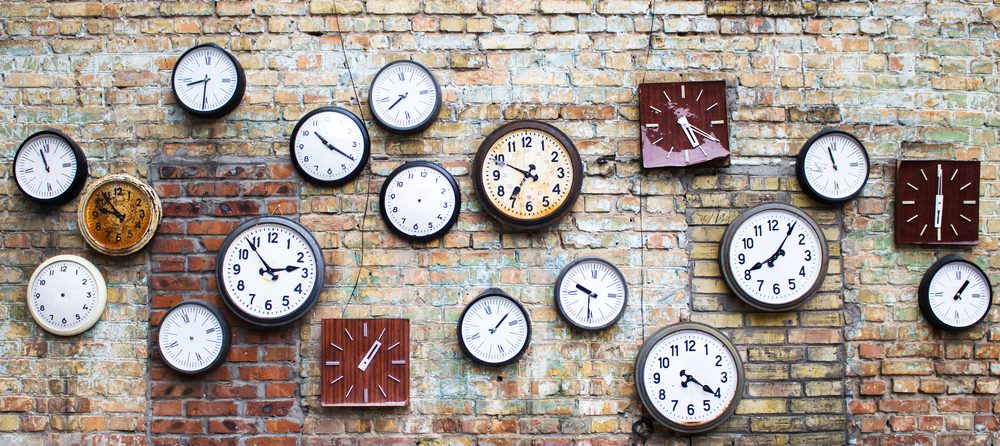
On Sunday November 6, 2022 at 2:00 am 48 states will turn their clocks back. This is when we observe daylight savings, (DST) With the one hour turn back, that gives us an extra hour of sleep. Now that‘s a positive I can get behind. Conversely on March 12, 2023, when we spring forward we lose an hour‘s sleep, somehow that is a tough adjustment for our bodies to make.

Fall back Pros
One of the strongest arguments for DST is to cut back on the use of artificial light. Although DST was originally implemented in 1966, it seems that a lesser use of artificial light would cut back on our use of energy, and can provide consumers with less energy costs. The early morning hours when children are going to school and adults are going to work are safer with the DST that provides an earlier daybreak.
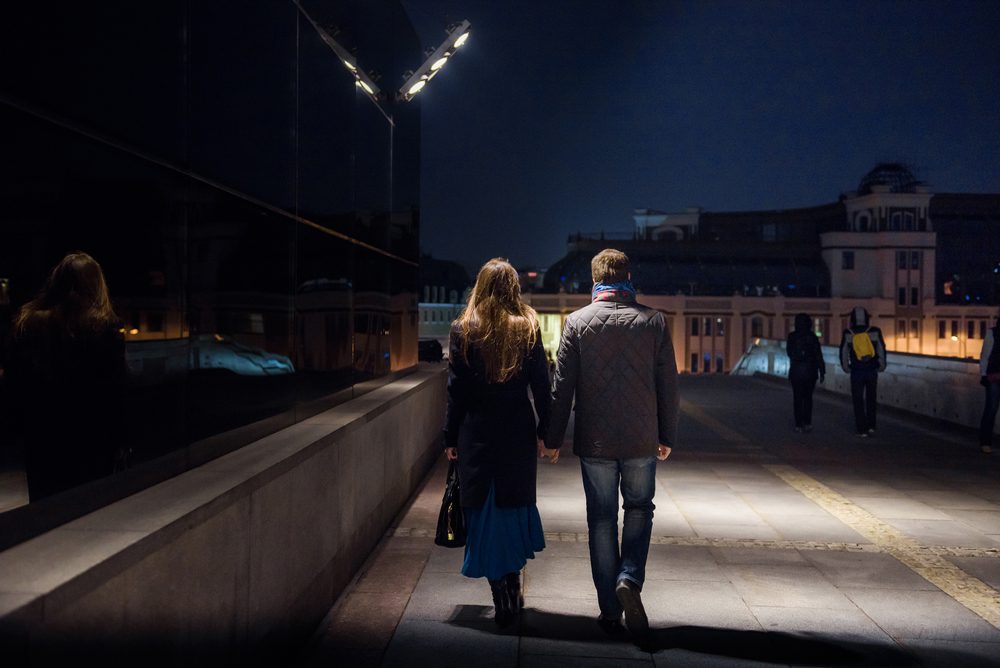
Fall back Cons
DST has a give and take. Although we get that extra light in the morning, it.gets dark around 4:30 PM, when many of us are finishing work. The lack of light tends to m you feel more tired and less ambitious to do after work activities. There is a syndrome that some suffer with during the dark months of fall and winter called Seasonal affective disorder or SAD. With the decrease in light it can affect your mood, sap your energy and bring on depression. This can be treated by phototherapy, psychotherapy and medications. Another con is drivers who had been used to driving with the light on their way home are now driving in the dark and has been known to cause more accidents, particularly when the change first begins.

Spring forward Pros
At this time the light is already getting longer, but with the additional hour we can participate in any activities and enjoy more things outdoors. Since the light makes it easier to participate in activities, people can get more social and less depressed.
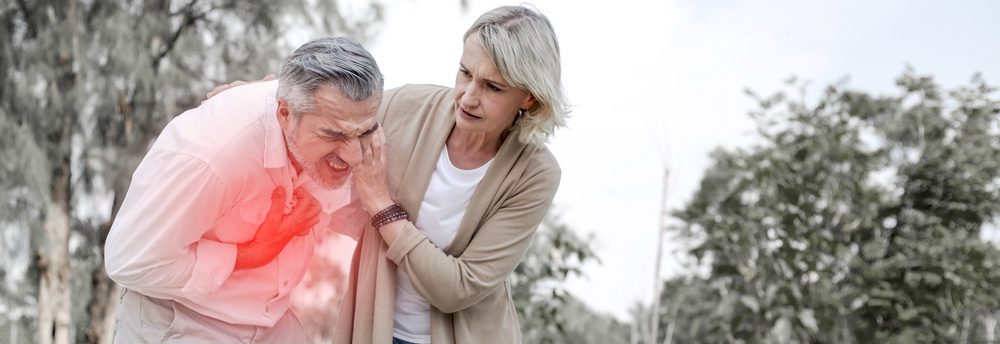
Spring forward Cons
One might think that with all the natural light, that there would be no spring forward con‘s, but you would be wrong. Because of the one hour of lost sleep, there is a serious health risk. It has been found that an increase in heart attacks occur soon after the spring DST change. With the loss of sleep there has been increases in car accidents, workplace injuries, miscarriages and suicide that have been documented during the spring DST.


Arizona and Hawaii are the Exceptions to DST
The reasons that Arizona and Hawaii don’t have DST is because they don’t need it. DST in Arizona was voted down in 1968. With the abundance of sunshine throughout the year, it was found that without DST they can have lower temperatures when Arizonans wake and go to sleep. However, the Navajo nation in northeastern Arizona still keep with DST, so they are in the same time zone as other Navajo territories in Utah and New Mexico. Hawaii is so close to the equator that the time change makes little difference and was voted out a year after the other states voted it in. Other territories that don’t have DST are Puerto Rico, American Samoa, Northern Mariana Islands, Guam and the U.S. Virgin Islands.
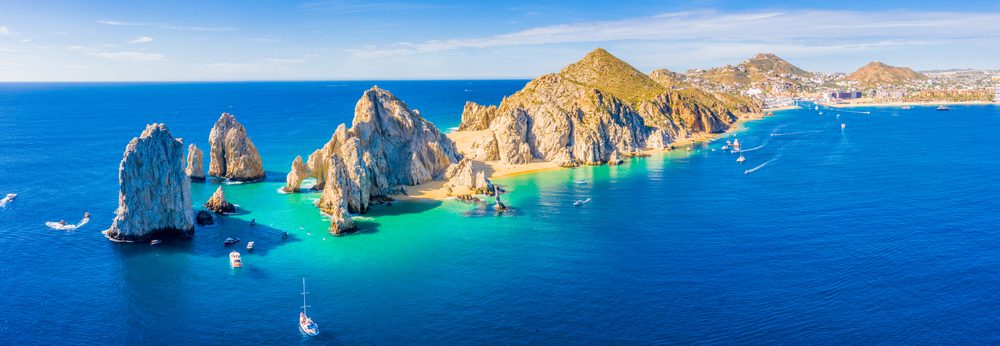
Mexico Ends DST
Mexico recently has decided to ditch DST, which they refer to as Summer time. Summer time was implemented in Mexico in 1996. This was to generate the economy, would create energy savings and reduce the use of fossil fuels. The areas that border with the United States will continue with DST to help with commercial dealings. The main reason noted was health issues that happen during the Spring Forward. The last fall back for Mexico was Sunday October 30, 2022 and there will be no adjustments to the time after that.
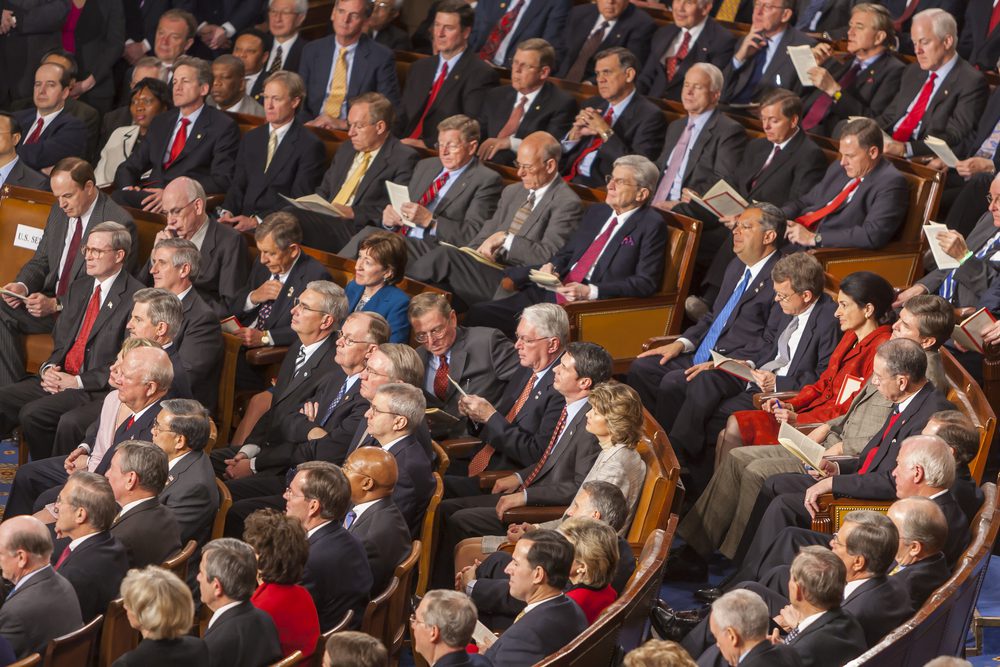
Will the U.S. Get Rid of DST?
On March 16, 2022 the U.S. Senate voted unanimously on ending DST. The proposal is to still spring forward on March 12, 2023 and fall back on November 5, 2023 and that would be the last time we change our clocks. This bill must still be passed by the House of Representatives, which it has still not done. The house claims to be busy and this is not a priority for them as of now. There seems to be a difference of opinion. Not along party lines, but across regions. Depending on the location, the use of daylight differs. Obviously farmers who start work early need the additional light come the fall. Other states have concerns about school children going to school in the dark. For some states more sun in the day brings positive economic results from tourism. Will the U.S. get rid of DST, it is still too early to determine, but if we do it will end November 5, 2023 fall back.
Personally an hour of extra sleep on a crisp fall morning is totally a plus. Losing the hour in the spring I can definitely live without. My proposal: let’s just get rid of spring forward and keep fall back. This is a win, win. My other thought is make the day after spring forward a holiday, so people can acclimate to the loss of the hour’s sleep and maybe have less heart attacks and car accidents as a result. WTH










1 thought on “What’s the 411 on Daylight Saving?”
Just to cover one more base, it’s typical for pets to need a couple of days to adjust after the time change, but some take longer than others. Pets with a strong internal clock are heavily influenced by sunrise, sunset, and predictable feelings of hunger. As those cues still happen, pets who respond to them tend to struggle with the new schedule